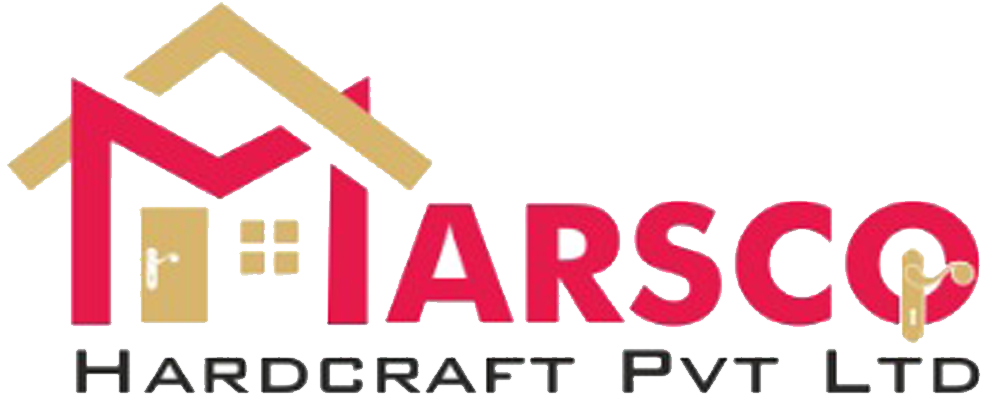When it comes to manufacturing metal components, two of the most common processes are forging and casting. Each method has its unique advantages, disadvantages, and applications, making it essential to understand the differences between them. In this blog, we’ll explore forging and casting, comparing their processes, benefits, and typical uses to help you determine which method is best suited for your specific needs.
What is Forging?
Forging is a manufacturing process that involves shaping metal using localized compressive forces. This process can be performed using various techniques, including hammering, pressing, and rolling. Forging can be further divided into two main categories:
Open Die Forging
In open die forging, the metal is placed between two flat dies that do not completely enclose the material. The dies are repeatedly struck with a hammer or pressed, gradually shaping the metal into the desired form. This method is ideal for producing large, simple shapes.
Closed Die Forging
Also known as impression die forging, closed die forging involves placing the metal in a die that completely encloses the material. The die contains a cavity in the shape of the final product, and when the metal is compressed, it fills the cavity, creating a precise shape. This method is suitable for producing complex and high-precision components.
Advantages of Forging
- Strength and Durability: Forged components typically have superior mechanical properties, including higher strength and toughness, due to the grain structure alignment that occurs during the forging process.
- Reliability: Forging eliminates internal voids and porosity, resulting in more reliable and defect-free components.
- Wear Resistance: Forged parts often exhibit better wear resistance, making them ideal for high-stress applications.
Disadvantages of Forging
- Design Limitations: Forging is generally less suitable for highly intricate or detailed designs compared to casting.
- Higher Costs: The tooling and machinery required for forging can be more expensive, especially for small production runs.
- Material Waste: Forging can produce more material waste compared to casting, particularly in open die forging.
What is Casting?
Casting is a manufacturing process where molten metal is poured into a mold, allowed to solidify, and then removed to create the desired shape. There are various casting methods, but the two most common are sand casting and investment casting.
Sand Casting
In sand casting, a mold is created by packing sand around a pattern of the desired shape. Molten metal is then poured into the mold cavity, and once the metal solidifies, the sand mold is broken away to reveal the cast component. This method is widely used for producing large and complex shapes.
Investment Casting
Investment casting, also known as lost-wax casting, involves creating a wax pattern of the desired component, which is then coated with a ceramic material to form a mold. The wax is melted away, leaving a cavity into which molten metal is poured. This method is ideal for producing high-precision and intricate components.
Advantages of Casting
- Design Flexibility: Casting allows for the creation of highly intricate and detailed shapes that are difficult to achieve with forging.
- Cost-Effective for Complex Shapes: For complex components, casting can be more cost-effective due to lower tooling costs and reduced material waste.
- Versatility: A wide range of metals and alloys can be cast, offering flexibility in material selection.
Disadvantages of Casting
- Lower Strength: Cast components generally have lower mechanical properties compared to forged parts due to the potential for porosity and other defects.
- Surface Finish: Cast surfaces may require additional machining or finishing to achieve the desired quality.
- Longer Production Time: The casting process, especially for intricate shapes, can take longer than forging.
Applications of Forging and Casting
Forging Applications
Forging is commonly used in industries where strength and reliability are paramount, such as:
- Aerospace: Turbine blades, landing gear components, and structural parts.
- Automotive: Crankshafts, connecting rods, and gears.
- Oil and Gas: Valves, flanges, and fittings.
- Heavy Machinery: Shafts, bearings, and hydraulic components.
Casting Applications
Casting is preferred for producing complex shapes and large components in various industries, including:
- Aerospace: Engine components, housings, and brackets.
- Automotive: Engine blocks, cylinder heads, and transmission cases.
- Industrial Machinery: Pump housings, impellers, and compressor parts.
- Art and Sculpture: Decorative and artistic metal pieces.
Conclusion
Both forging and casting have their unique advantages and are suited to different applications. Forging is the go-to method for producing high-strength, durable components, while casting excels in creating intricate and complex shapes with cost-effectiveness. Understanding the differences between these processes will help you make informed decisions when selecting the best manufacturing method for your specific needs. Whether you prioritize strength and reliability or design flexibility and detail, there is a suitable process to meet your requirements.
